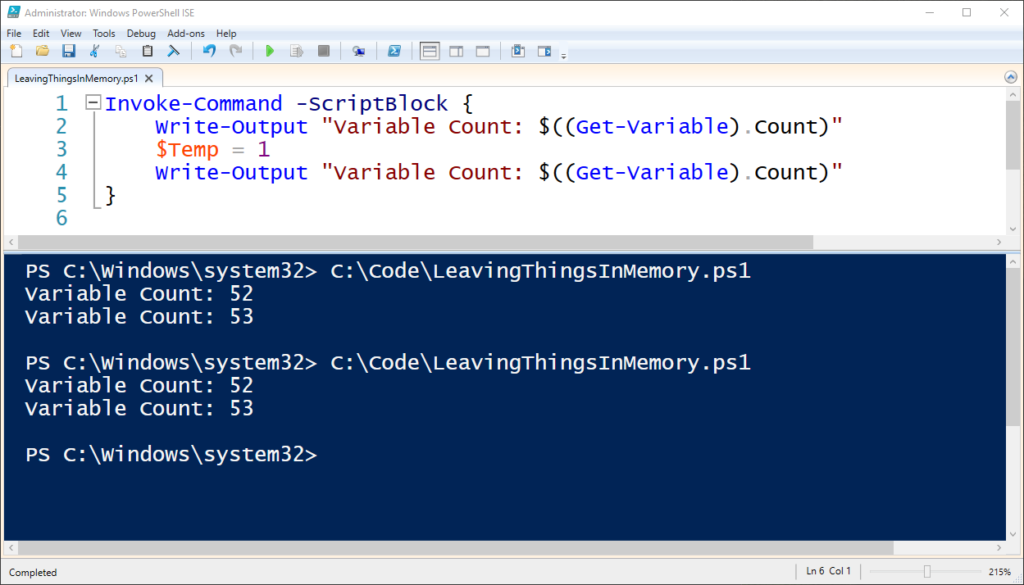A simple problem I think plenty of people are having – can you take our data and whip up a simplified BI tool UI. Today I am reviewing PBI.
The PBI Service allows you to publish your reports with the PBI Desktop tool, which requires you to setup an embedded PBI service in your azure account.
To get data in PBI is straightforward and many data sources are acceptable – I am tempted to jump in with the SQL DB option, but as this is all prototype stages I stuck with the tried and true Excel. I know that this means I skip over the data load issue and the like, but that’s not the purpose of this activity.
As we are looking at an analytical dataset I created a calendar tab, a dimension tab, and two fact tabs with dummy data.
The PBI import process is pretty smooth on the first attempt but you’ll likely want to do some cleanup. Click on the modeling tab and verify its inferred your relations in the way you expect, or add a few of your own.
As the data was imported from Excel I noticed that the Sigma symbol was missing from many of the columns (a sign you can use the value in summary calculations) – because it was a numeric field with NULLs, and in the import process it was decided that the field was a string field.
For the purposes of this demo it was fine to switch from NULL to 0 values, so I updated the data in the sheet, updated the type in the model, and refreshed the data – no problem. This may not be the best solution if the zero is meaningful from NULL in your calculations.
I experimented with the various built in visuals and noted that there’s some pretty good third party “verified” visuals as well. I would say overall most of the visualizations are very straightforward to use with the one exception of the pie chart sub-groupings being the same colors.
Once I had published my starter visual, I immediately wanted to go back and make revisions, and the desktop client made that fairly easy until I wanted to remove a column. Removing a reference is seemingly verboten in PBI, and it would not merge the changes.
It looks like whenever you want to make a breaking change you might have a bit more GUI work to do, bringing me back to SSIS woes, and I didn’t see any nice ways to “update all references” or something like that, so this might be a tedious step if you are making many changes.
Other things that struck me:
The fact that there’s a desktop app (windows only) for PBI publishing is a bit of a pain at the moment, but it was quick at manipulating the various visualizations – its just weird that its clearly some electron app compromise (so why not just the web?)
Drilling into data, exporting data, analyzing data – these things are super nice compared to any previous reporting system I have worked with.
It was disappointing to learn that as a Pro PBI user you cant share with other users without a Pro license (unless you pony up 4995 a month to start.) It’s not a big deal, but hopefully one day there’s a usage based use case.
Creating dashboards and apps is confusing – you cant see a reference to anything unless you first go to a workspace, then you can create a dashboard from elements of a report. I don’t understand why this is so fragmented – just let me manage this in either the desktop client or at least make it available in the top level UI.




